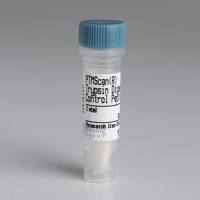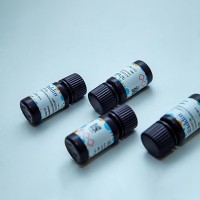The Formation of a Tissue-Engineered Cornea Using Plastically Compressed Collagen Scaffolds and Limbal Stem Cells
互联网
285
Collagen has excellent biocompatibility, is biodegradable, and possesses low immunogenicity. Therefore, this protein is a very suitable substrate for the formation of a corneal scaffold for therapeutic use. The highly hydrated nature of conventional collagen gels, however, results in a gel that is structurally weak and difficult to manipulate. In this chapter, we describe a novel method to cultivate limbal epithelial cells (LEC) on a compressed collagen scaffold. The compressed collagen scaffold can be rapidly constructed using a cell-independent process, which produces dense and mechanically strong collagen constructs with controllable microscale features.
We embedded corneal keratocytes in a collagen gel, which we subsequently compressed and coated with laminin. The resulting construct supported the physiological morphology and stratification of LEC. The expression of a specific marker for differentiated LEC, cytokeratin 3 (CK3), and a marker for undifferentiated LEC, cytokeratin 14 (CK14), were similar in LEC expanded on both the compressed collagen construct and the leading conventional scaffold, denuded amniotic membrane (AM). We therefore demonstrate that a laminin-coated, compressed collagen gel containing keratocytes can support LEC expansion, stratification, and differentiation to a degree that is comparable to denuded AM. Our novel compressed collagen/keratocyte construct has potential for use as a tissue-engineered artificial cornea.









